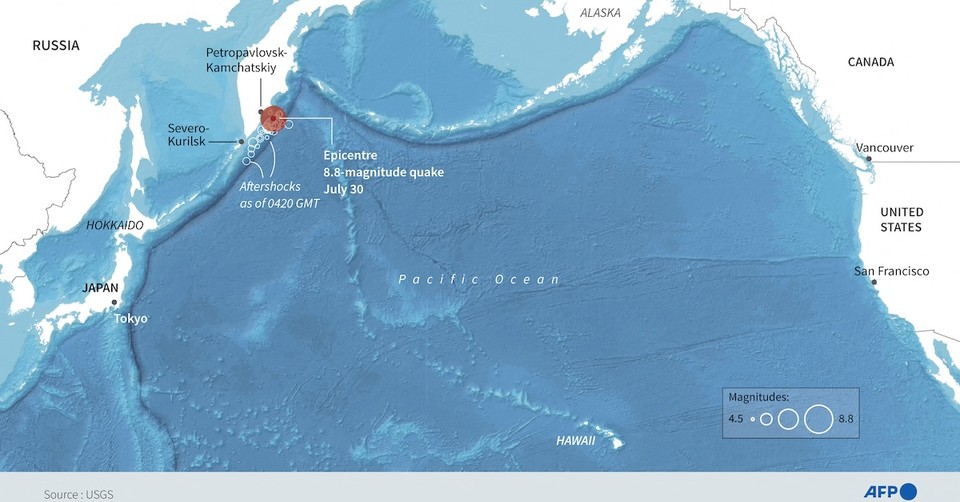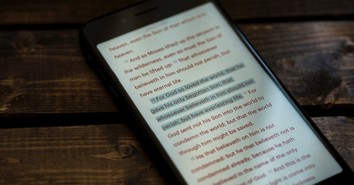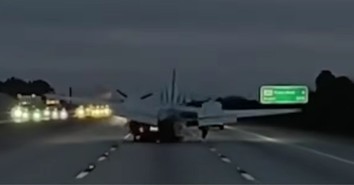Massive Earthquake Triggers Tsunami in Russia and Japan

A powerful 8.8-magnitude earthquake struck off the coast of Russia early Wednesday morning, triggering a tsunami that has hit coastal areas of Russia's Kuril Islands and Japan's northern island of Hokkaido. The waves, however, were not damaging, and people heeded the warnings ahead of time. Per CBN News, tsunami warnings are in place for several countries, including Alaska, Hawaii, Mexico, Oregon, Philippines and New Zealand, with forecasted maximum tsunami heights ranging from less than 1 foot to over 5 feet.
Meanwhile, the Japan Meteorological Agency detected tsunami waves as high as 40 centimeters (1.3 feet) along Japan's Pacific coast.
“A tsunami is not just one wave,” Dave Snider, tsunami warning coordinator with the National Tsunami Warning Center in Alaska, said. “It’s a series of powerful waves over a long period of time. Tsunamis cross the ocean at hundreds of miles an hour — as fast as a jet airplane — in deep water. But when they get close to the shore, they slow down and start to pile up. And that’s where that inundation problem becomes a little bit more possible there.”
Snider noted Tuesday evening that he had not heard any damage reports related to the tsunami. The earthquake is considered one of the strongest in over a decade. A 9.0 magnitude earthquake struck northeast Japan, triggering a massive tsunami that set off meltdowns at a nuclear power plant. In a message on Telegram, the local branch of the Russian Academy of Sciences' Geophysical Survey noted the 8.8-magnitude earthquake was the most powerful to strike Kamchatka region since 1952.
They described the earthquake as a "unique event", noting the epicenter was close to a previous July 20 earthquake that rocked the peninsula. Although the situation “was under control”, they warned against traveling to some coastal locations as well as possibility of aftershocks, which can linger for up to a month.
Photo credit: ©GettyImages/JOHN SAEKI / Contributor

Originally published July 30, 2025.







